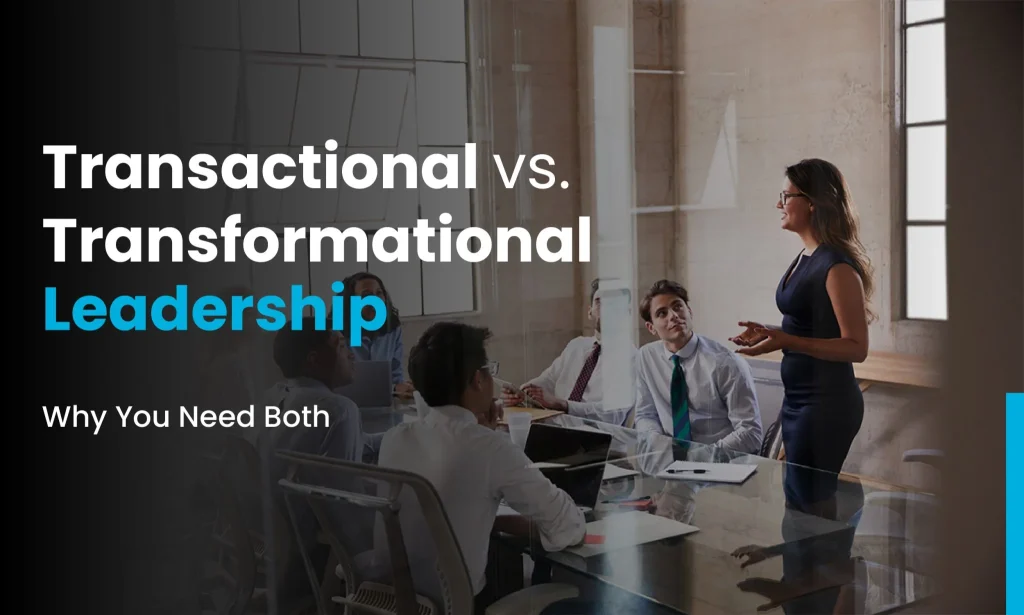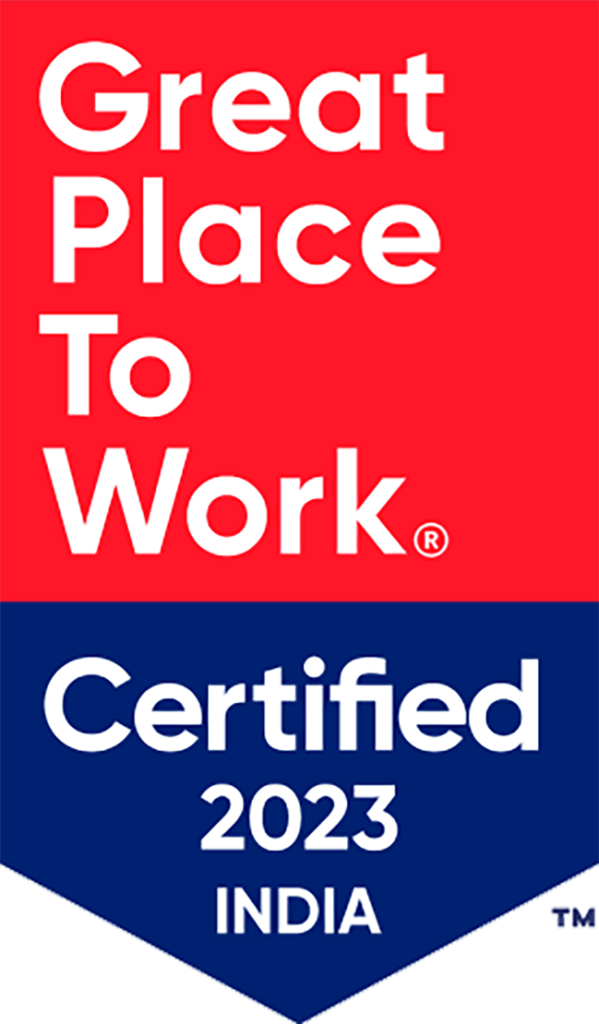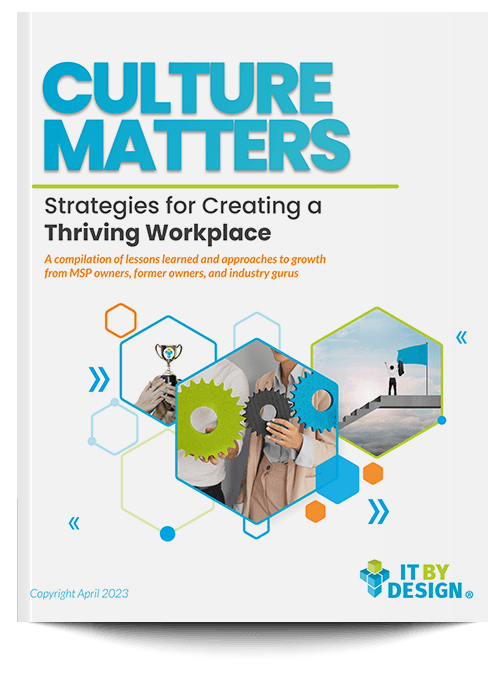Investing in a trade show isn’t a simple, “one-click” business expense. There are registration fees, airfare costs, hotel bookings, meal receipts, sponsorship costs, booth expenses and more — not to mention the days of typical productivity you’re sacrificing by sending your team to focus on an event full time. So, how can you ensure you’re maximizing the ROI on your trade show spending? By building meaningful connections, embracing learning and growth opportunities and, most importantly, generating leads and closing deals.
Here, we’ll share some best practices for trade show success, starting with some basic, fundamental questions. Who will be at this event that your team absolutely must connect with? What is your team trying to convey by being there and meeting with people? And most importantly, why are you there?
Establishing a Purpose
Start with the end in mind! Consider why you are attending, set well defined goals and determine what success looks like. Most companies have event goals of finding qualified leads and closing deals.
To be successful at lead generation on site, everyone needs to understand the goals, roles and expectations in advance. Consider building a plan of specific objectives and clearly stated responsibilities for each on-site attendee and the support staff who are staying back at the office.
As part of assigning roles and responsibilities be sure to include an on-site manager to supervise or perform booth set-up and takedown, manage shipping and logistics and coordinate activities with event staff. This frees up the sales team to focus on the end goal and network with prospects. Clarify expectations on who is responsible for uploading contacts into CRM, who will handle post-event follow-up and the recaps for the rest of the staff.
An important part of the event plan is to ensure that all attendees have meetings and end-goal focused activities pre-scheduled. Once on-site, the attendee has a plan and can hit the ground running.
Maximizing Sales Team Engagement
First impressions are everything, so be sure your top salespeople are actively engaged and visible throughout the entire event.
To prepare the team, send a topic list to the event. These are the key points your business wants to focus on and create a buzz around. Also send an FAQ list with drafted answers and a contact list for those who may not be in attendance, but could be of assistance to a customer or prospect who catches you on-site. Often this includes accounts receivable, inside sales or marketing department contacts.
If you are exhibiting at the event, ensure your team understands ‘best practices’ for booth engagement. This would include not being on a phone call in the booth, being approachable, and welcoming. Most importantly, when engaging with a prospect, listen fully. Don’t be distracted by passers-by or other conversations in earshot. Not being fully invested in the conversation can lead to missed sales signals, less impactful event follow-up and a feeling of disinterest from the prospect.
Maximizing Lead Generation
As noted earlier, for vendors, lead generation is a most common goal for event participation. Make sure the final prospect list from the event includes important details needed once the team is back in the office. This includes not just contact information (often provided by event organizers) but also the criteria that identified them as a good prospect. This could include business size, revenue, complementary products they use etc. Equally important to note is where the prospect is in the buying journey. Are they still kicking tires, or are they ready to test-drive? A good follow-up strategy will include marketing to those who are still in the learning or awareness phase and selling to those who are ready to buy. Use caution to implement the right strategy for the right stage of their journey. Hard sales strategies to someone just looking for more information will likely not produce the ROI needed. This is where you’ll benefit from listening fully during event conversations.
Getting Out What You Put In
In the end, event success depends on the effort and time invested. This doesn’t always correlate to the financial investment made. Intriguing giveaways and flashy booth props won’t make any impact if you’re not well-trained, knowledgeable, and engaging.
Every business, big or small, has the potential to turn event participation into a significant revenue opportunity. Take the time to prepare, engage actively and follow up appropriately.
For more content like this, be sure to follow ITBD on LinkedIn and YouTube, check out our on-demand learning platform, Build IT University, and be sure to Register for Build IT LIVE, our 3-day education focused conference, September 9-11 in Orlando, FL!







